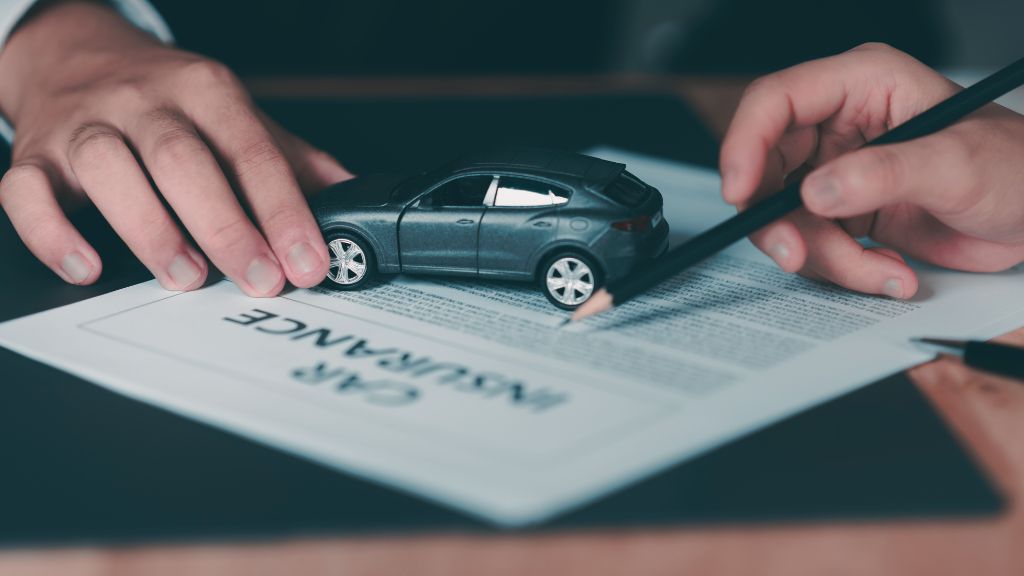When it comes to acquiring a car, there are two primary routes you can take: owning or leasing. Each has its own set of advantages and disadvantages, but for many people, owning a car presents a clear advantage over leasing.
This blog aims to explain, in simple terms, which example shows an advantage of owning a car over leasing one, using a straightforward example to illustrate the point.
Understanding Car Ownership and Leasing
Before diving into the advantages, let’s briefly define what it means to own a car versus leasing one.
- Owning a Car: When you buy a car, you either pay the full amount upfront or finance it through a loan. The car becomes your property, and you can keep it as long as you like.
- Leasing a Car: Leasing a car is like renting it for a set period, usually two to three years. You make monthly payments and follow certain usage guidelines. At the end of the lease term, you return the car to the dealer unless you decide to buy it.
Also read: What Are the Common Financial Benefits of Using Your Work’s Group Plan for Insurance?
Which Example Shows an Advantage of Owning a Car Over Leasing One?
To clearly understand the advantages of owning a car, let’s consider the example of Jane. Jane is deciding whether to buy or lease a car. She plans to keep the car for at least six years and drives an average of 15,000 miles per year.
Option 1: Leasing
Jane considers leasing a new car. The dealership offers her a three-year lease with monthly payments of $300. At the end of three years, she has two choices: lease another new car or buy the leased car.
Option 2: Owning
Alternatively, Jane looks at buying the same car. The price of the car is $20,000. She decides to finance it with a loan, making monthly payments of $400 for five years.
Financial Analysis
Let’s break down the costs involved in both scenarios over six years.
Leasing Costs:
- First 3 Years:
- Monthly Payment: $300
- Total for 3 Years: $300 x 36 months = $10,800
- Next 3 Years:
- If Jane leases another car under similar terms, the cost will be the same.
- Monthly Payment: $300
- Total for Next 3 Years: $300 x 36 months = $10,800
- Total Leasing Cost for 6 Years: $10,800 + $10,800 = $21,600
Owning Costs:
First 5 Years:
- Monthly Payment: $400
- Total for 5 Years: $400 x 60 months = $24,000
After 5 Years:
- No more loan payments, only maintenance and insurance costs.
Total Ownership Cost for 6 Years:
- Loan Payments: $24,000
- Additional 1 Year (maintenance and insurance): Let’s estimate $1,000 for maintenance and $500 for insurance, totaling $1,500.
Total Ownership Cost for 6 Years: $24,000 + $1,500 = $25,500
At first glance, leasing appears to be cheaper by $3,900 over six years. However, this does not paint the full picture.
The Real Advantage of Ownership
Asset Accumulation
When you are leasing a car, you are essentially renting it. After six years and spending $21,600, you do not own the car. You must return it to the dealer, leaving you with no asset. On the other hand, by owning the car, Jane will have a fully paid-off vehicle by the end of six years. The car will still have value, potentially worth $6,000 or more, depending on its condition. This residual value means Jane can sell it, trade it in, or continue driving it without further monthly payments.
Flexibility and Freedom
Owning a car provides greater flexibility. There are no mileage limits or excess wear and tear penalties, which are common in leases. Jane drives 15,000 miles per year, which might be fine for some leases but could incur additional costs if she exceeds mileage limits. With ownership, she has the freedom to drive as much as she wants without worrying about these restrictions.
Customization and Personalization
When you own a car, you can customize it to your liking. Want to upgrade the stereo system, add a custom paint job, or install special tires? You have complete freedom to do so. With a lease, modifications are typically not allowed or can result in additional charges.
Long-Term Savings
While the monthly payments for leasing might be lower initially, owning a car tends to be more cost-effective in the long run. After the loan is paid off, Jane no longer has monthly payments, only maintenance and insurance costs. If she keeps the car for several more years, her overall expenditure decreases significantly compared to continuing to lease and make perpetual monthly payments.
No End-of-Lease Hassles
At the end of a lease, you must return the car, which involves inspections for mileage overages and wear and tear. These inspections can lead to additional costs if the car is not in the expected condition. Owning a car eliminates these end-of-lease hassles and potential unexpected expenses.
Other Considerations
While owning a car has clear advantages, it’s essential to consider personal circumstances and preferences. Leasing might be more appealing if you:
- Prefer driving a new car every few years.
- Want lower monthly payments and can stay within mileage limits.
- Do not want to worry about the car’s long-term maintenance.
However, for individuals like Jane, who plan to keep the car for an extended period and drive regularly, ownership offers significant financial and practical benefits.
Also read: Which is a Positive Reason for Using a Credit Card to Finance Purchases?
Conclusion
In the debate between owning and leasing a car, the example of Jane shows a clear advantage of ownership. Despite higher initial costs, owning a car provides long-term savings, flexibility, and the benefit of having a valuable asset at the end of the ownership period. For those who drive frequently and plan to keep their vehicle for several years, buying a car is often the smarter financial decision.
By understanding these benefits, you can make a more right choice that aligns with your lifestyle and financial goals. Whether you choose to own or lease, consider your driving habits, financial situation, and long-term plans to knosw the best option for you.



